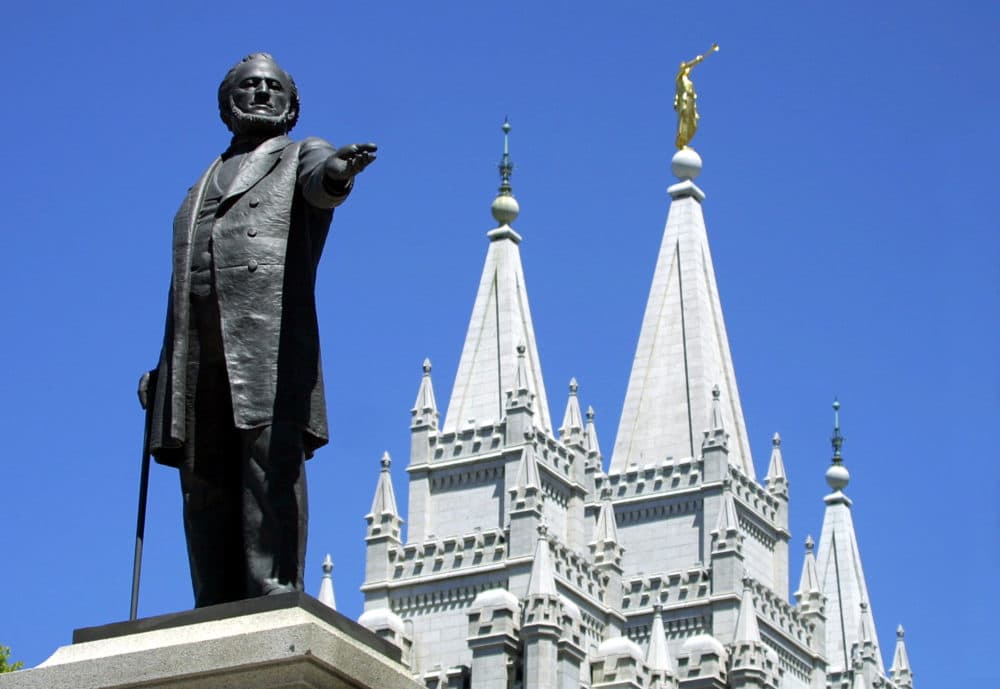The story of the Church of Jesus Christ of Latter-Day Saints frequently called the Mormon Church, holds a complicated story of race relations, especially with regards to Blacks in Mormonism. This article is an objective, factual analysis of the treatment of blacks in the Mormon Church. It explains the policies implemented and the way in which the Church developed to dispel previous beliefs and practices that are linked to race.

Blacks and Mormonism A Historical Review
Between 1852 and 1978, the Mormon Church enforced a policy that restricted blacks in Mormonism from priesthood ordination. The decision was based on the interpretations of scriptures and beliefs of the time regarding race. Black individuals were denied certain Church rituals and obligations which led to a segregated Mormon community. This discriminatory practice wasn’t unique to Mormonism. It was indicative of the widespread racial prejudices within American society of the time.
Mormon Black Peoples & the 1978 Revelation
1978 was the beginning of a major turning point in the history of Mormonism. Spencer W. Kimball was the church’s president at the time, and he received an “divine revelation” regarding the exclusion of the priesthood of Black people. The revelation, which is considered to be crucial, lifted the ban that was in place for more than 100 years. The Church of Jesus Christ of Latter-Day Saints announced that Blacks can now become priests and take part in the Church’s activities in all areas.
The Church today opposes the racist ideology, while encouraging unity and inviting all people to be a part of Jesus Christ, regardless of race. The doctrine of today asserts that all people are equal, and stresses God’s acceptance for everyone regardless of their race, gender, socioeconomic standing, or any other factor.
Joseph Smith’s Fair Treatment of Black Individuals
Joseph Smith, founder of the Mormon Church despite the racial prejudices of the time He displayed a fair and tolerant treatment towards Black people. Historical records indicate that Joseph Smith ordained some Black men to the priesthood during his time. This was in keeping with Smith’s teachings regarding equality and inclusion within the Church. However, the subsequent leaders, implemented policies that restricted Priests of African descent from becoming priests, reflecting changing attitudes towards race during the middle of the 19th century.
Suppriming Racism and moving Towards Unity
Church of Jesus Christ of Latter-Day Saints leaders have implemented significant steps to address racism and promote unity among its members. The Church’s leadership has released statements denying the past practices and beliefs of racial discrimination. They state that racism of any form is incompatible with the teachings of Jesus Christ and the core beliefs of the Church.
The Church actively promotes acceptance, love and understanding among its many members, while highlighting their worth and worth. It is a priority to teach members on the importance of inclusion, cultural sensitivity and the abolition of discriminatory beliefs.
The article’s conclusion is:
Knowing the Church of Jesus Christ of Latter-Day Saintstheir evolution in dealing with racial issues and the past of Blacks within Mormonism is essential to foster unity. The Church’s painful past is apparent in a doctrine that, for more than a century, was a barrier to Blacks from being ordained to priesthood. In 1978, the revelations made about the policy were a turning point in the Church’s commitment to inclusivity and equality.
The current position taken by the Mormon Church opposes racism and affirms equality. It also advocates unconditional love and respect for all of its members. The Church has been actively moving ahead by confronting its past discrimination against race and making significant advancements. It strives to ensure that all members feel valued and respected in the Mormon community.